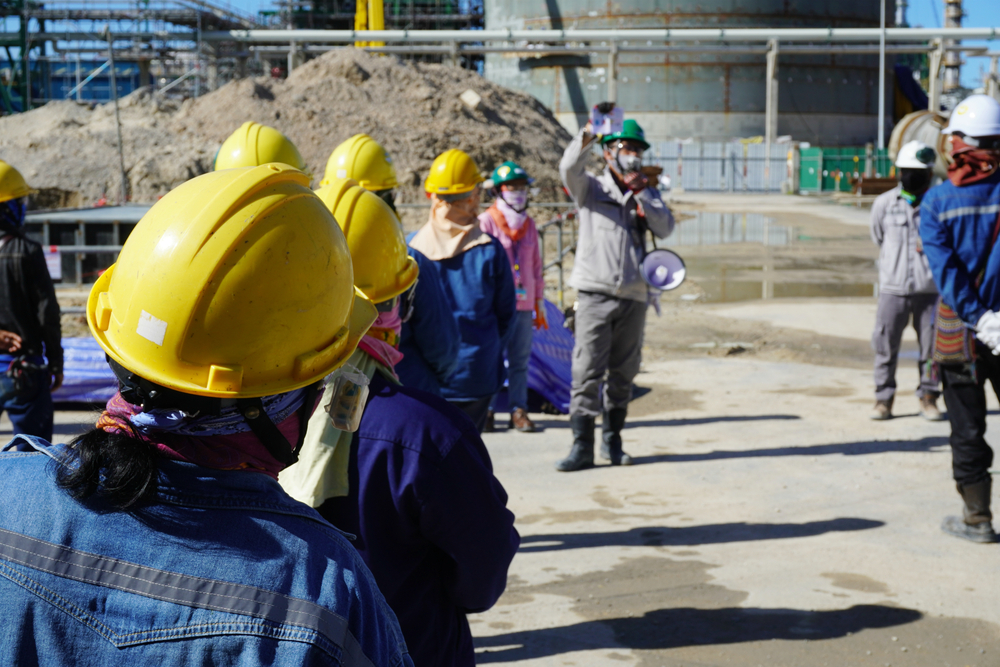Back to Basics is a weekly feature that highlights important but possibly overlooked information that any EHS professional should know. This week, we examine toolbox talks and tips for making them more effective in the workplace.
All environmental, health, and safety (EHS) leaders should be familiar with the term “toolbox talks,” which can also be known by many other names, such as safety briefings, pre-start, take 5 safety talks, or tailgate safety meetings. Toolbox talks are the quick five- to 10-minute safety discussions held before the start of the workers’ shifts at a jobsite that are designed to promote safety culture in the workplace and help workers understand and communicate best safety practices, according to SafetyCulture.
There are many benefits to conducting toolbox talks. SafetyCulture cites one report that found that companies that conduct toolbox talks daily saw a 64% reduction in total incident rates as opposed to those who held them monthly. It is important to note that toolbox talks are not meant to replace safety training, but rather to reinforce the values learned in training and keep them fresh in an employee’s mind.
Tips for effectiveness
EHS leaders are responsible for making sure that the toolbox talks they are giving to their workers are engaging and are based on relevant topics. SafeStart recommends utilizing these five tips for giving an effective toolbox talk:
- Talk directly to the audience – the topic should be relevant to the job, and it should matter to the employees personally, as it should apply directly to them.
- Keep it brief – make only the necessary points to accommodate shorter attention spans, and use a handout or an additional meeting for more information.
- Stay positive – toolbox talks should be proactive and encouraging, and focus on what can be done in the future instead of incidents that have happened before.
- Demonstrate the point – make the talk more interactive by engaging in discussion, demonstrations, and hands-on examples of the topic.
- Tell a story, not a statistic – stories can help employees identify with the topic personally, and while statistics are helpful, the stories will be what employees resonate with the most.
Complacency is a huge part of why workplace incidents occur, says SafeStart, so it is important to have engaging toolbox talks to help employees remember their training and improve upon the workplace safety culture.
Topics and format
Finding topics for toolbox talks can be difficult. As mentioned previously, they should be relevant to the current job being done by the employees, and they need to keep the employee’s attention. SafetyCulture recommends finding topics by asking workers for input, connecting back to any changes in the work process or environment, or responding to recent workplace accidents or incidents.
The employer should start by noting the topic, the date of the toolbox talk, the location of the jobsite, and list the team members that will be participating, including the supervisor. When formatting the actual meeting, the leader should state the topic, define any terms, and then point out what may happen if the job is not performed properly. Then, the leader should remind their team of the safety practices they can use to combat the hazards, have a discussion about it if necessary, and close out by having everyone who participated leave their signature to confirm they were present. SafetyCulture provides an example of this process using confined spaces, and they also provide many other examples and templates that businesses can use to conduct more efficient toolbox talks.
Check out the SafetyCulture and SafeStart websites for more details on toolbox talks.

